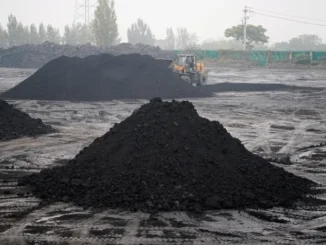
LNG is well placed to play a bridging role as Latin America transitions away from fossil fuels, despite the current tight market, writes Carla Bass
Houston, 14 December (Argus) — Imports of LNG to Latin America have long offered a mostly unfulfilled promise of balancing the region’s uneven natural gas supply and demand. But aggressive goals to transition away from fossil fuels could create an opportunity for more imports if they prove to be unrealistic in the short term.
Mexico, Central and South America and the Caribbean are a small part of the global LNG market, with nine countries in the region actively importing last year. They took 21mn t of LNG in 2021, or about 5pc of the 379mn t of deliveries globally, based on Gas Exporting Countries Forum (GECF) data.
Some countries such as Brazil, Colombia and Chile have set ambitious goals to reduce their dependence on fossil fuels, including natural gas, switching to cleaner fuels such as green hydrogen owing to the regions’ plentiful renewable energy resources. But inadequate infrastructure, insufficient regulation and limited know-how are stunting green hydrogen growth in the region.
LNG exporters and developers see this as a potential opportunity to help keep the lights on. “The only meaningful flexible bridge fuel, at least in the next 10 years, is LNG,” the head of LNG shipping at US-based Glenfarne, Travis Nicks, says. The company is developing the Magnolia and Brownsville LNG export terminals in Louisiana and Texas, respectively, which would be well positioned to serve markets in Latin America.
Argentina, Brazil, Chile, Colombia, the Dominican Republic, Jamaica, Mexico, Panama, Puerto Rico and El Salvador have roughly 72mn t/yr of regasification capacity, more than a third of which was unused last year, GECF adds.
But there are opportunities for those with an appetite for risk and clear policy goals, US Invenergy’s commercial transactions director Ignacio Castro says. The firm owns part of El Salvador’s 380MW power plant launched this year, to be fuelled by 500,000 t/yr of LNG supplied by Shell to the Acajutla project’s floating storage unit, which has regasification capacity of 280mn ft³/d (2.9bn m³/yr).
Tight spot
Higher prices for LNG since Russia’s invasion of Ukraine are the main challenge for the LNG sector to expand in the region. The crisis has left Europe scrambling for gas supplies, tightening the market.
“The crisis in Europe has somewhat put Latin America on its back foot” over LNG, especially with Argentina and Brazil mostly relying on spot contracts, Poten & Partners global head of business intelligence Jason Feer says.
Latin America has also favoured short-term contracts, given the variability of hydropower, which is a main source of generation in countries from Brazil to Ecuador. Many other global LNG facilities sign 15 or 20-year contracts.
But the region could regain space in the LNG sector as the tightness eases, and if countries such as Brazil continue to aggressively pursue the LNG business. This could even include more regional deals if exporters come on line. Only two countries in the region — Peru and Trinidad and Tobago — are active LNG exporters.
Mexico has multiple LNG export terminals planned, which would liquefy the abundant US natural gas supply that comes across the border. But the projects face political challenges.
Source: Argusmedia.com



